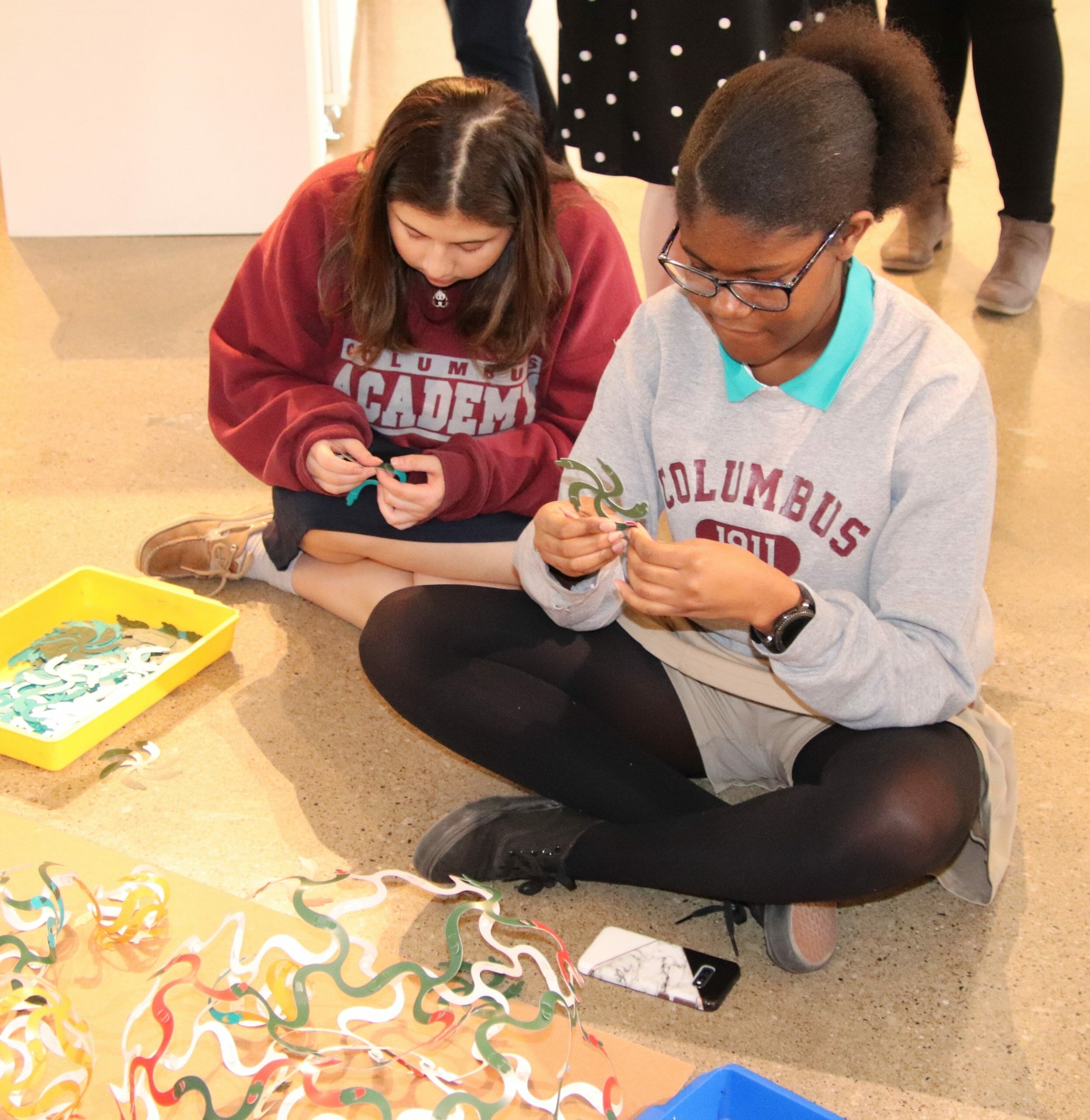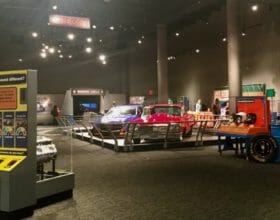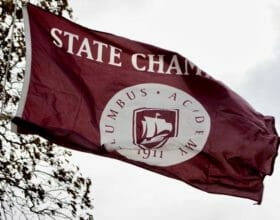Over lunch one day in 2015, when Mr. Bolognese (Mr. B) and Mr. Mena’s were in their first year as teachers at Academy, they discussed over the relationship between math and art and how interesting it would be to show this intersection as an exhibit. Flashforward four years later and the two were hard at work for a whole year planning the event which featured pieces of art and math from around the world to Columbus Academy.
To find these artists and mathematicians, Mr. B looked locally and globally through twitter, especially #mathart, a hashtag used by mathematicians and artists throughout the world to show their creation. From this, Mr. B found eleven school creators. To find local and in-school creators, Mr. B and Mr. Mena raised the subject at faculty and staff meetings as well as talking to students.
The result is an interactive display that stuns visitors about how math and art are one in the same. OnThursday, March 5, the opening night keynote speaker, Dr. Robert Bosch,a mathematics professor at Oberlin College, uses TSP (Traveling Salesman Problem) art to show the connection between math and art. For an explanation about how he makes these elaborate pieces, visit http://www2.oberlin.edu/math/
Another display was a harmonograph created by sophomores Soham Joshi, Raaghav Malik, Malachy Sullivan, and Jaswanth Vandrasi. The harmonograph is a table with weighted arms that–when moved around– creates mesmerizing patterns. It is accompanied by a stack of paper and a basket of pens so any passersby can use it.
Mr. B often sees the connection between art and music in his daily life as a math teacher and also as a musician. Music theory, pitch, the relationship between notes and scales, all of the underlying math is “very cool” he says. While Mr. B understands this relationship better than most with his years of math experience, many don’t see this relationship, and that is what the exhibition is meant to do: allow students to visualize the relationship between what they do in math or art class.
Even Mr. B admits that he doesn’t use enough art in his math classes. Despite making fractals in computer science and pre-calculus, trying to incorporate music into some of his lectures, and even once drawing a cardioid using nothing but a cardioid microphone and post-it notes, he says there is still so much more that we as a school can do because it is vital for students to understand this connection because many think of them as different disciplines.
This exhibition sparked curiosity and will be open until spring break in the Morris Hall Gallery. All are invited to learn how math meets art.












